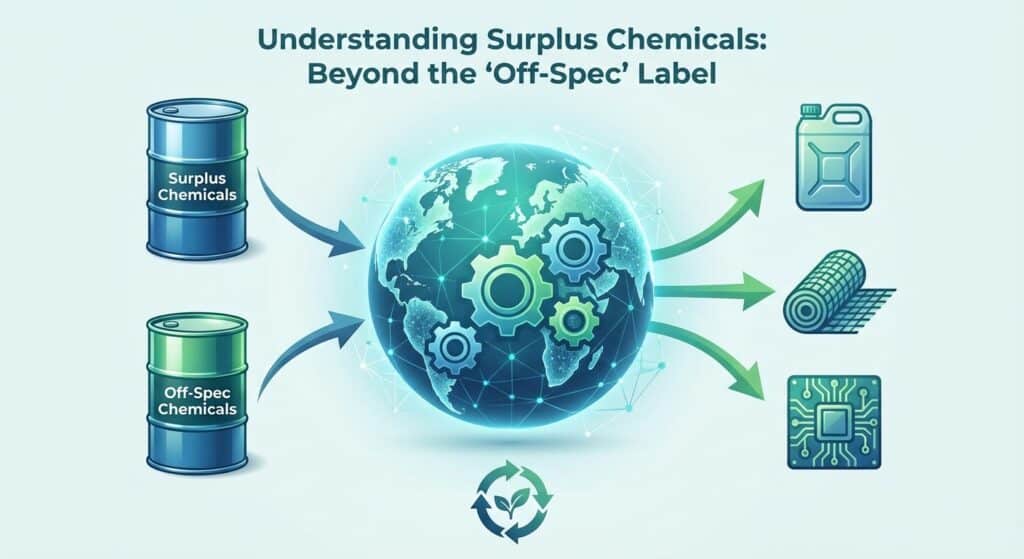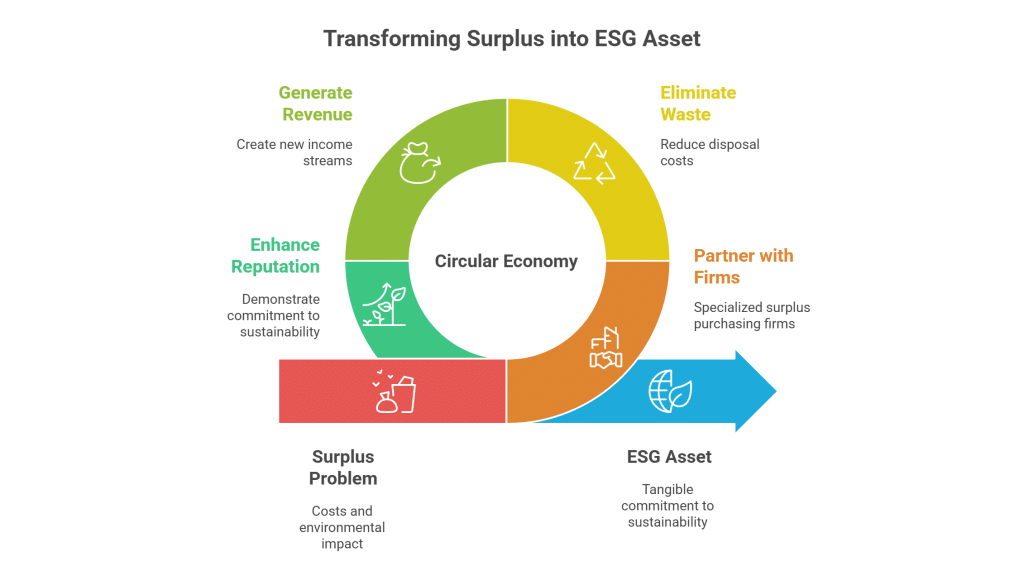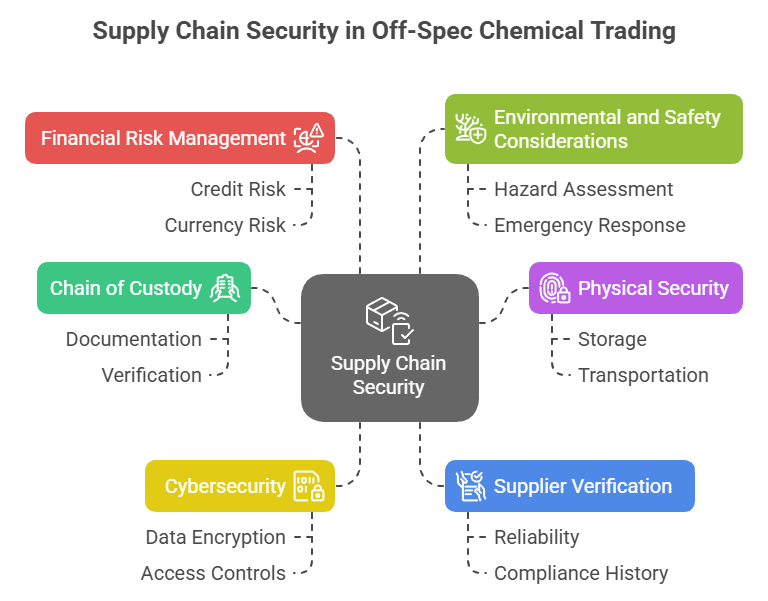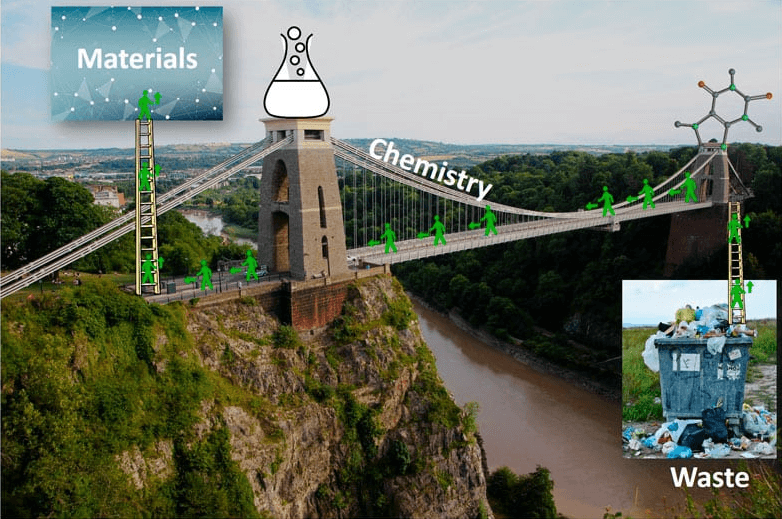Harnessing the Power of Sodium Borohydride in Pharmaceutical Surplus Trading
Sodium Borohydride is a potent reducing agent widely used in the pharmaceutical sector for converting aldehydes and ketones into their corresponding alcohols. Known for its effectiveness and selectivity, this chemical often finds itself as surplus inventory due to overproduction or process optimizations. Its inherent reactivity and sensitivity necessitate careful storage, making it highly relevant for businesses looking to safely manage and trade excess stock.
Sodium Borohydride in Pharmaceuticals: Unlock Surplus Value in a Critical Reducing Agent
The practice of buying and selling surplus chemicals offers a dual benefit: companies can recover costs and free up critical storage space while buyers gain access to high-quality reducing agents at a fraction of the standard price. By converting excess sodium borohydride into a revenue stream, organizations not only save on potential disposal expenses and compliance penalties but also contribute positively to environmental sustainability. This approach transforms what might be considered hazardous waste into a valuable asset, ensuring regulatory compliance and financial efficiency.
Sodium Borohydride in Pharmaceuticals: Applications and Advantages
Buyers benefit significantly by securing surplus sodium borohydride through established trading platforms, as it provides reliable sourcing at reduced prices. The cost-effectiveness of surplus trading not only lowers procurement expenses but also promotes sustainable practices by mitigating waste. Additionally, buying surplus inventory ensures an uninterrupted supply chain, which is essential for maintaining consistency in pharmaceutical manufacturing.
Sellers of surplus sodium borohydride can turn excess inventory into a strategic revenue stream. By offloading surplus stock, companies can reclaim valuable storage space, reduce disposal costs, and avoid the financial and regulatory burdens associated with hazardous waste management. This form of surplus trading also reinforces corporate sustainability goals and assists companies in adhering to strict environmental standards.
Table of Contents
Transforming Surplus into Opportunity: A Pharmaceutical Success Story
A renowned pharmaceutical company recently transformed its surplus sodium borohydride inventory into a valuable asset. Facing storage constraints and potential disposal costs, the company opted to trade its excess stock through a specialized surplus chemical trading platform. The result was a significant financial boost, freeing up storage and turning a potential waste liability into profit. This strategic move not only reduced regulatory risks associated with hazardous waste disposal but also reinforced their commitment to sustainable operations. The recovered funds were reinvested into R&D initiatives, further enhancing the company’s production capabilities and driving innovation in drug development.





















